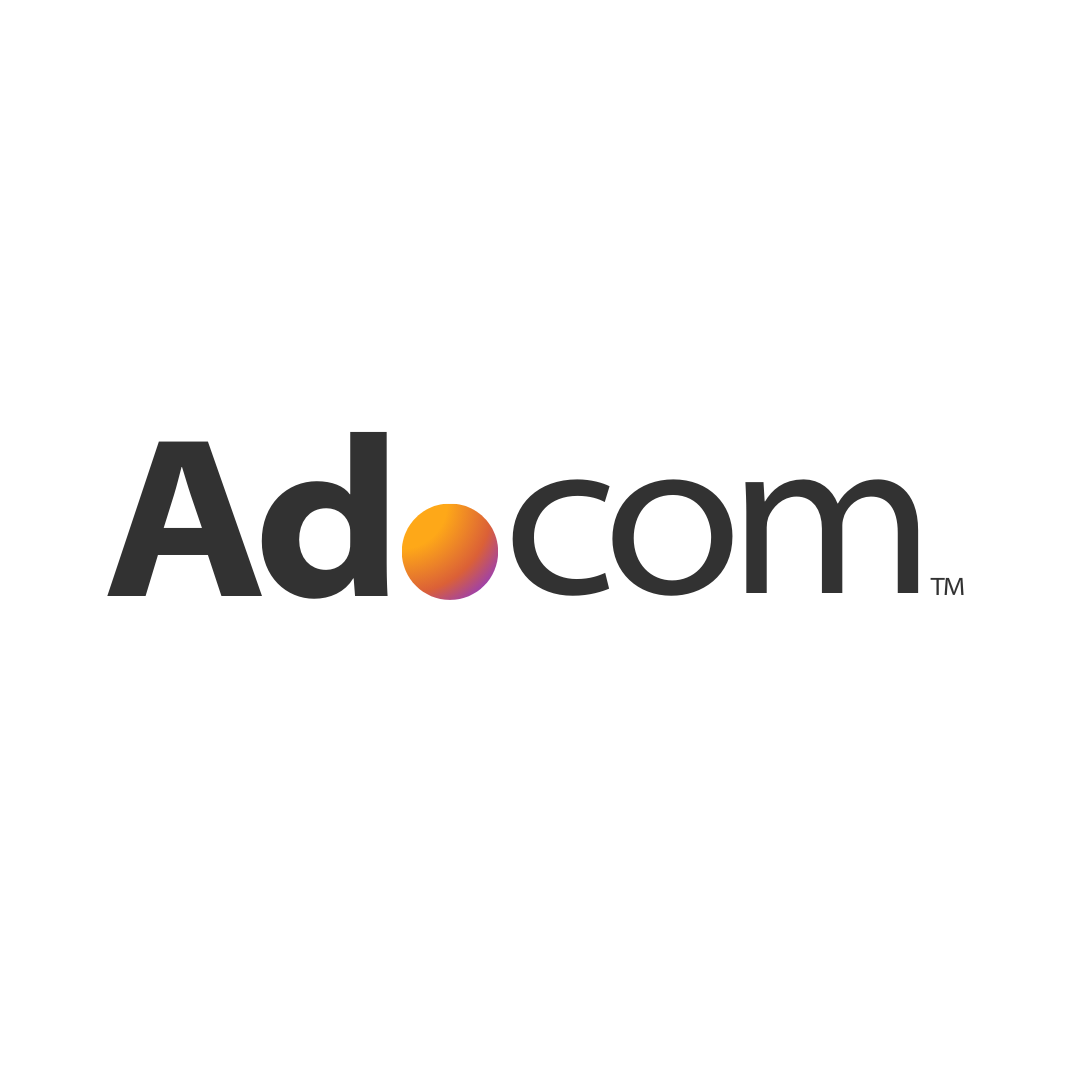From Content to Commerce: Turning Engagement into Revenue with Native Ads
- Nick Fernandez
- May 6
- 5 min read

In today's crowded digital space, advertisers face the challenge of capturing consumers' attention without disrupting their experience. Traditional ads often get ignored or blocked, making it harder to reach potential customers. This is where native advertising steps in. By blending with the content consumers are already engaging with, native ads offer a more effective and subtle way to drive both engagement and revenue.
Native ads don’t look like ads at all. They match the style, tone, and format of the content around them, making them feel like a natural part of the user’s experience. This makes native advertising an excellent tool for converting interest into action, helping brands build relationships with potential customers and increase sales.
Why Native Ads Work
Native ads are successful because they don’t interrupt the user experience. Instead of flashing banners or pop-ups that feel like an invasion, native ads integrate seamlessly into the content the consumer is already enjoying. This natural fit makes users more likely to engage, as they don't feel like they're being sold to (IAB, 2024).
Meeting the Consumer Where They Are
In an age where people skip ads or install ad-blocking software, native ads provide an opportunity to reach consumers in a non-intrusive way. They are often perceived as less disruptive, allowing brands to engage with audiences without interrupting their experience. Whether it’s a sponsored article or an in-feed ad, the content is designed to be valuable to the reader, making the message feel less like an ad and more like useful content (HubSpot, 2024).
Building Trust through Authenticity
One of the key reasons native ads work so well is that they build trust with consumers. When done right, native ads offer valuable content that aligns with the user’s interests. This approach helps brands position themselves as thought leaders or experts in their field, which can lead to stronger relationships and more conversions. Consumers are more likely to engage with a brand they trust, especially when it doesn’t feel like they’re being sold something directly (Nielsen, 2024).
Native Ads vs. Traditional Advertising
The Shift in How Consumers Engage
Traditional advertising methods, like display banners and pop-ups, often get ignored or dismissed by consumers. Native ads, on the other hand, meet consumers where they already are—whether they’re reading an article, browsing social media, or watching a video. Research shows that native ads generate significantly higher engagement rates compared to traditional display ads (eMarketer, 2024).
Native ads don’t just capture attention; they also hold it. By providing value through content, they encourage users to engage further, leading to a more meaningful interaction with the brand. This makes native advertising a more effective way to keep consumers interested and drive them toward a conversion.
How Native Ads Drive Revenue
Native ads don't just engage users—they also help convert them into paying customers. Here’s how native ads move from engagement to revenue generation:
Establishing Brand Credibility
Native ads help establish credibility with consumers by offering valuable, relevant content. When users engage with native content, they view the brand behind the ad as a trusted source of information. This trust is critical in the decision-making process, especially when consumers are comparing options or considering a purchase. According to a recent study by Nielsen (2024), native ads increase brand favorability by 53% compared to traditional display ads, helping brands build credibility and increase the likelihood of conversion.
Encouraging Action Through Seamless Integration
Native ads gently guide users toward action by providing valuable content that fits naturally within their content consumption experience. For example, a product recommendation in a blog post or a sponsored video that offers a how-to guide can lead users down the sales funnel without feeling like a hard sell.
By offering helpful content, native ads create a pathway to conversion. This might mean guiding a user to a product page, prompting them to sign up for an email list, or encouraging a purchase (Content Marketing Institute, 2024). The subtlety of the message makes it easier for users to take action without feeling pressured, which can increase conversion rates.
Types of Native Ads That Drive Results
Not all native ads are created equal. Understanding the different types and how they can be used is essential for making the most of this advertising format.
Sponsored Content
Sponsored content is the most recognizable form of native advertising. This content appears as an article, blog post, or other media format on a publisher’s website. While it’s clearly marked as sponsored, it blends with the surrounding content, making it easy for readers to engage without feeling like they’re being sold to.
Sponsored content works well for building awareness and establishing authority. It’s an effective way to position your brand as an expert in your industry while also subtly promoting your products or services. When executed properly, sponsored content can be a great way to guide readers toward making a purchase (eMarketer, 2024).
In-Feed Ads
In-feed native ads are integrated directly into users' social media feeds, appearing alongside organic posts. These ads blend seamlessly with the content, making them less disruptive and more likely to be noticed and engaged with.
In-feed ads are ideal for reaching users who are already engaged with content on a particular platform. Whether on Facebook, Instagram, or another platform, these ads give brands a chance to connect with users in a context where they’re already consuming content. This helps make the ad feel like a natural part of the user’s experience (HubSpot, 2024).
Recommendation Widgets
Recommendation widgets are often seen at the bottom of articles or in sidebars. These widgets suggest related content, whether it’s articles, videos, or products. In e-commerce, recommendation widgets can suggest products based on the user’s browsing history, creating a personalized experience that encourages action.
These widgets increase engagement by offering consumers something they’re likely to be interested in. By personalizing the recommendations, they can drive higher conversion rates and more direct sales (Nielsen, 2024).
Best Practices for Using Native Ads
To maximize the effectiveness of native ads, brands should follow some key best practices:
1. Relevance Is Key
For native ads to work, they need to be relevant to the user. The ad should match the content the user is already engaging with, whether it’s an article, video, or social media post. If the ad feels out of place or doesn’t align with the user’s interests, it’s less likely to drive engagement (Content Marketing Institute, 2024).
2. Add Value, Don’t Just Promote
Native ads should provide value. This means offering content that is informative, entertaining, or educational, rather than just pushing a product. When users feel they’re gaining something from the ad—whether it’s learning about a new product or gaining insights—they are more likely to engage and take action (eMarketer, 2024).
3. Subtle and Clear Calls to Action
While native ads should be subtle, they still need to include a clear call to action. This could be a link to learn more, a discount code, or a prompt to purchase. The CTA should be easy to find and follow, guiding users toward the next step in the sales funnel (Nielsen, 2024).
4. Quality Content Is Essential
Native ads depend on high-quality content to engage users. If the content is poorly written or feels inauthentic, users won’t engage with it. Brands need to ensure that the content they create is relevant, well-crafted, and provides real value to the user (HubSpot, 2024).
Conclusion: Converting Engagement into Revenue
Native ads have proven themselves as a highly effective tool for turning consumer engagement into revenue. By providing valuable, relevant content in a format that blends seamlessly with the user experience, brands can capture attention without interrupting the content people want to consume.
As the digital advertising landscape continues to evolve, native ads will remain an essential part of any brand’s marketing strategy. They offer a more natural, less intrusive way to connect with consumers, build trust, and drive conversions.
When done right, native ads can move consumers from interest to action, helping brands grow their customer base and increase revenue.




The service helped take my project to a new level. Previously, promotion was chaotic, but with Ads Automation https://yakivads.com/ I managed to establish a clear advertising management system. The cost per click has noticeably decreased, the number of applications has increased, and most importantly, I have more free time to develop my business. An excellent tool for modern entrepreneurs.
This article really highlights how native ads can subtly yet powerfully drive engagement and revenue—great insights! As someone working in SEO services, I see how blending valuable content with smart placement is key to visibility and trust. Native advertising and SEO together make a strong combo for long-term digital growth.
A very insightful look at how native ads seamlessly convert engagement into revenue—great analysis! For brands in Casablanca looking to extend the reach of their content-to-commerce strategy into the physical world, location panneau publicitaire Casablanca offers a powerful complement. It allows you to mirror the effectiveness of native ads in urban spaces, engaging local audiences with tangible impact.
Je trouvais difficile de faire la différence entre toutes les offres SEO proposées au Maroc, jusqu’à ce que je découvre le site de Rhillane. Leur page dédiée explique parfaitement les méthodes utilisées, les objectifs atteignables et les outils mis en place. Pour ceux qui souhaitent une première approche claire avant de se lancer, il suffit de cliquer en savoir plus afin d’évaluer s’ils correspondent à vos besoins spécifiques en référencement naturel.